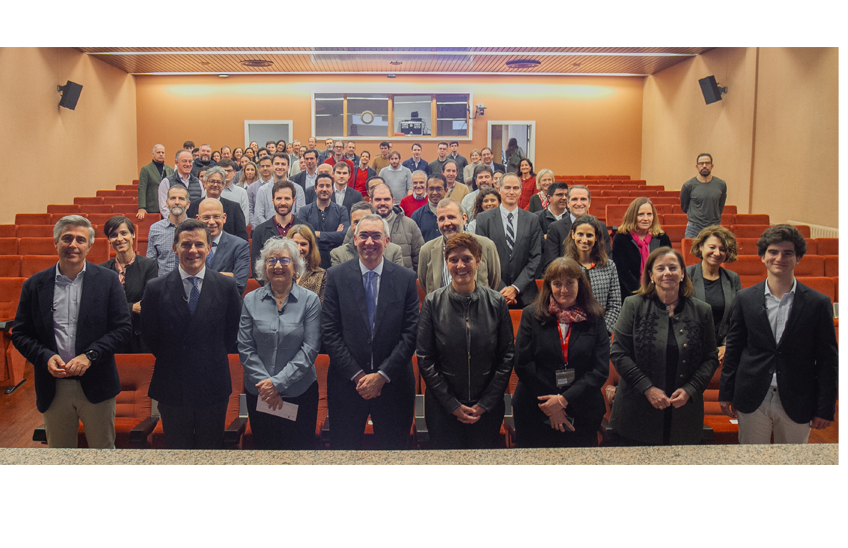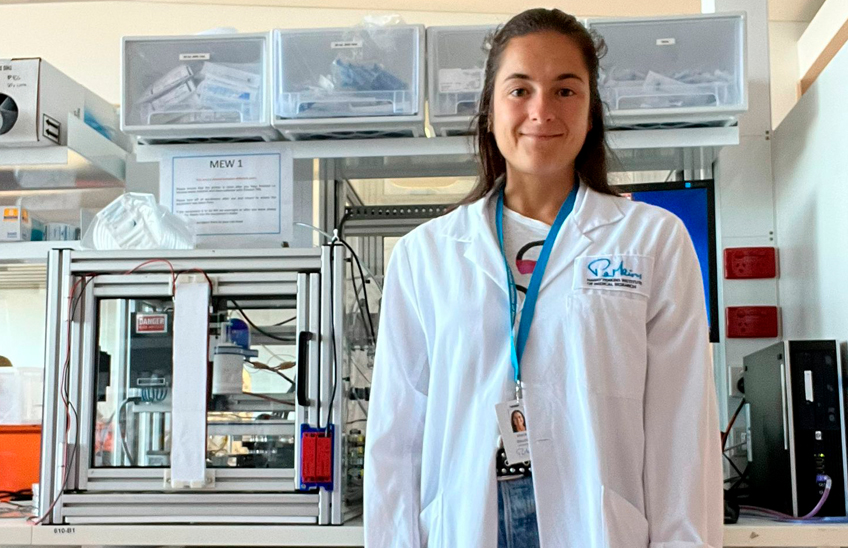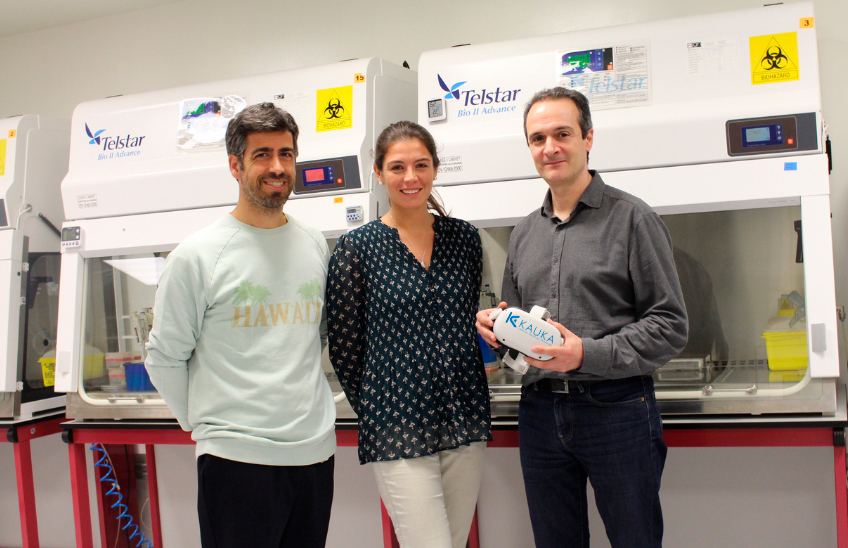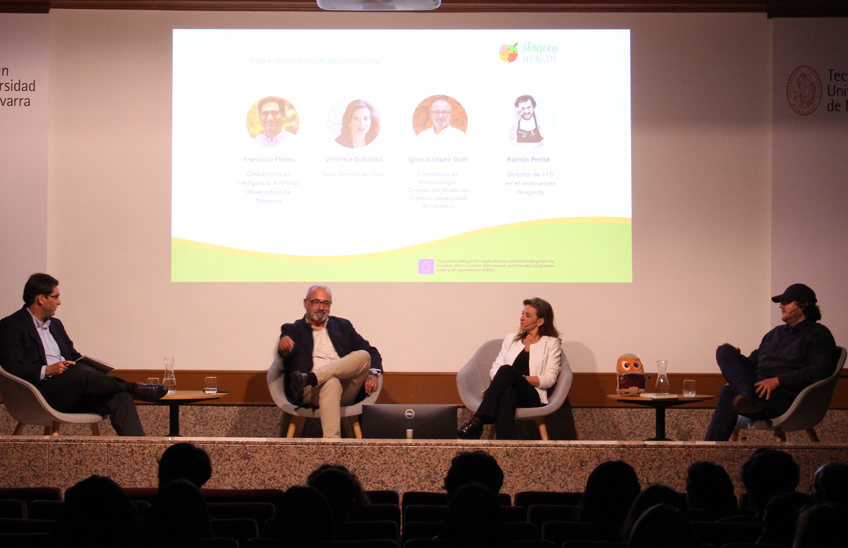Camila Vesga talks about her research on the group Tissue Engineering within the event "Women Scientists of Yesterday and Today".
The goal of the event, also framed within the Emakumeak Zientzian initiative, is to make visible the research and pay tribute to some of the great women scientists in history.
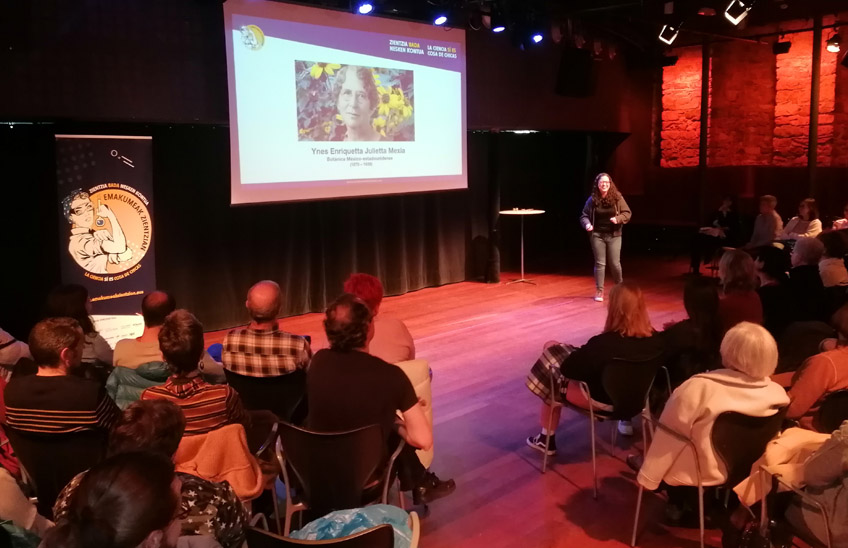
17 | 02 | 2023
The postdoctoral researcher at TecnunCamila Vesga, participated in the event "Women scientists of yesterday and today". The goal of the event, also framed within the initiative Emakumeak Zientzianinitiative, is to give visibility to research and pay tribute to some of the great women scientists in history. Specifically, Camila spoke about some of the contributions of botanist Ynex Mexia (1870), known for her large collection of new specimens.
Within this group, one of his main lines of research is the creation of in vitro models, which are laboratory models for different tissues and programs of study of their diseases. In his case, he is developing new skeletal muscle models. "What we want to do is to replicate on the laboratory the muscle tissue and for this we divide it into two; 2D models and 3D models. For the 2D models we replicate a muscle fiber, while for the 3D models what we want to do is to have several fibers and the whole Issue of a muscle", explained Camila before the auditorium of the conference room Club of Victoria Eugenia, where the event took place.
Within the roundtable with other researchers they asked her why her research is so important. Camila answered them with a question: Do you know how much muscle we have in our body, 10%, 30%, 40%? And she herself answered: muscle represents almost 40% of our body mass, that's a lot, and it is also vital in processes such as breathing, locomotion, etc. "Currently what we are looking for is to have a very good model to study the muscle and its diseases, for this can be used to culture muscle for transplantation to a person who has had an accident for example," explained Camila.
After commenting on her research, Camila introduced the attendees to the figure of Ynes Mexia, one of the most important botanists of the 20th century. Vesga showed the attendees one of the samples from her collection: "She collected them, dried them and then described them; where she found them, at what altitude and in what conditions. She showed two of them collected in Mexico. Given the large Issue of species she collected, there are many plants named after her," she concluded.
Camila is from Bogota (Colombia) and studied there the Degree in Biomedical Engineering. After finishing, she traveled to San Sebastian to study the Master's Degree in Biomedical Engineering at Tecnun and later did the doctorate at the School. Specifically in the group in Tissue Engineering, where she is currently a postdoctoral researcher.

